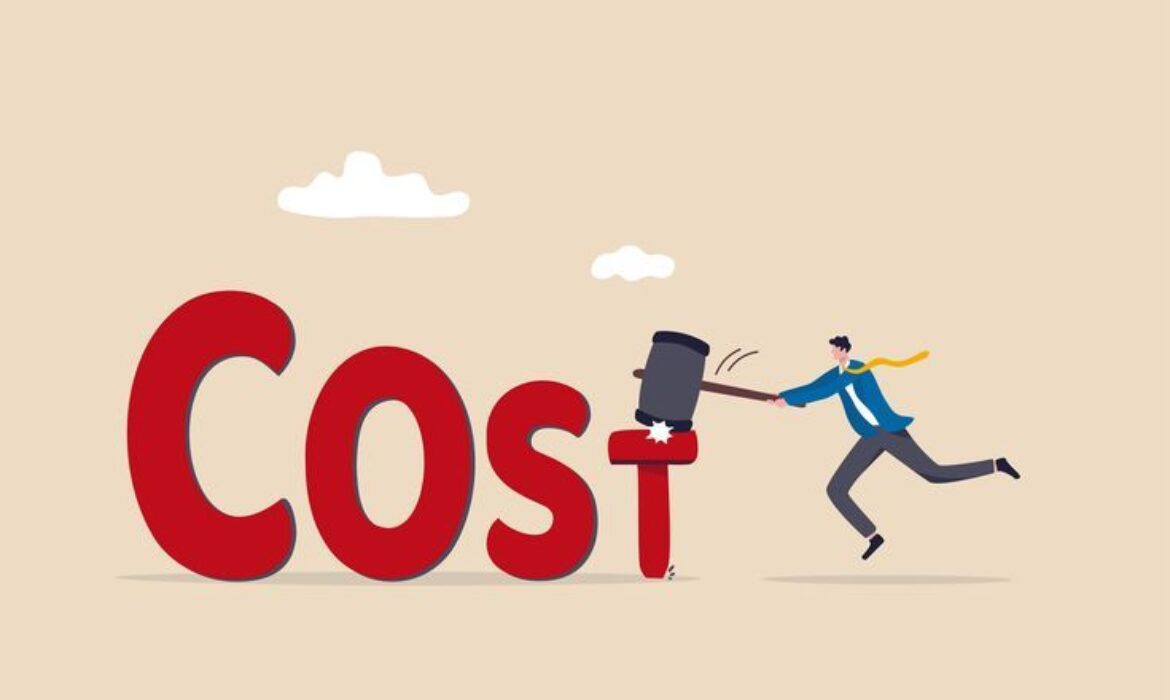081-4797-7173
How to Effectively Manage Business Expenses and Cut Costs without Sacrificing Quality
Running a business involves various expenses, and it’s crucial to manage them effectively to ensure profitability and sustainability. However, cutting costs can be challenging without compromising the quality of products or services.
In this article, we will explore strategies and techniques to help you manage business expenses efficiently while maintaining high standards.
Understanding Business Expenses
To effectively manage business expenses, it’s essential to have a comprehensive understanding of your company’s financials.
Categorize your expenses into fixed and variable costs, direct and indirect costs, and essential and non-essential expenses. This analysis will help you identify areas where cost reduction is possible.
Analyzing and Prioritizing Expenses
Once you have categorized your expenses, analyze each category and prioritize them based on their impact on your business operations.
Focus on essential expenses that directly contribute to your core products or services. Identify areas where costs can be reduced without compromising quality or customer satisfaction.
Implementing Cost Reduction Measures
There are several cost reduction measures you can implement to optimize your expenses. Consider renegotiating contracts with suppliers, exploring bulk purchasing options, and eliminating unnecessary expenses.
Encourage your employees to contribute cost-saving ideas and incentivize them accordingly.
Embracing Technology to Streamline Operations
Leverage technology to streamline your business operations and reduce costs. Implement efficient software systems for accounting, inventory management, customer relationship management (CRM), and project management.
Automation can improve productivity, minimize errors, and save both time and money.
Negotiating with Suppliers and Vendors
Negotiating with suppliers and vendors is an effective way to cut costs. Request competitive bids, compare prices, and negotiate for better terms.
Consider long-term contracts or partnerships that offer cost advantages. Building strong relationships with suppliers can lead to mutually beneficial cost-saving opportunities.
Optimizing Inventory Management
Effective inventory management is crucial for cost control. Avoid overstocking or understocking by analyzing demand patterns and implementing just-in-time inventory techniques.
Adopt inventory management software to track stock levels, reduce carrying costs, and minimize wastage.
Implementing Energy-Saving Measures
Energy costs can significantly impact your bottom line. Implement energy-saving measures such as using energy-efficient equipment and lighting, optimizing HVAC systems, and encouraging employees to conserve energy.
Conduct an energy audit to identify areas where energy consumption can be reduced.
Enhancing Efficiency through Process Improvement
Identify inefficiencies in your business processes and seek ways to improve them. Streamline workflows, eliminate bottlenecks, and encourage employee suggestions for process enhancements.
By optimizing your processes, you can reduce waste, improve productivity, and cut costs.
Investing in Employee Training and Development
Investing in employee training and development can have long-term cost benefits. Well-trained employees are more efficient, make fewer errors, and require less supervision.
Develop a culture of continuous learning and provide opportunities for professional growth to enhance employee skills and productivity.
Leveraging Outsourcing and Freelancers
Consider outsourcing non-core activities or hiring freelancers for specific tasks. This approach allows you to access specialized expertise without the overhead costs of full-time employees.
Carefully evaluate the cost-effectiveness and quality of outsourced services to ensure they align with your business goals.
Evaluating Marketing and Advertising Strategies
Review your marketing and advertising strategies to identify cost-effective alternatives. Explore digital marketing channels, such as social media and content marketing, which often provide better ROI compared to traditional advertising methods.
Monitor and analyze the effectiveness of different marketing campaigns to optimize your marketing budget.
Maximizing Tax Deductions
Ensure you are taking advantage of all available tax deductions and incentives. Consult with a qualified accountant to identify eligible deductions specific to your industry.
Proper tax planning can help minimize your tax liability and free up resources for other business needs.
Monitoring and Tracking Expenses
Regularly monitor and track your business expenses to identify any deviations from your budget. Utilize expense tracking software or cloud-based solutions to simplify the process.
Analyze expense reports and identify areas where you can further optimize costs or implement additional cost-saving measures.
Building a Culture of Cost-Consciousness
Foster a culture of cost-consciousness within your organization. Educate and involve your employees in cost management efforts. Encourage them to suggest cost-saving ideas and reward innovative suggestions.
By making cost-consciousness a part of your company’s culture, you can sustain long-term cost control.
Conclusion
Effectively managing business expenses and cutting costs without sacrificing quality requires a systematic approach and a commitment to continuous improvement.
By understanding your expenses, analyzing and prioritizing them, implementing cost reduction measures, leveraging technology, and fostering a culture of cost-consciousness, you can achieve sustainable cost control while maintaining the desired quality standards.
0






